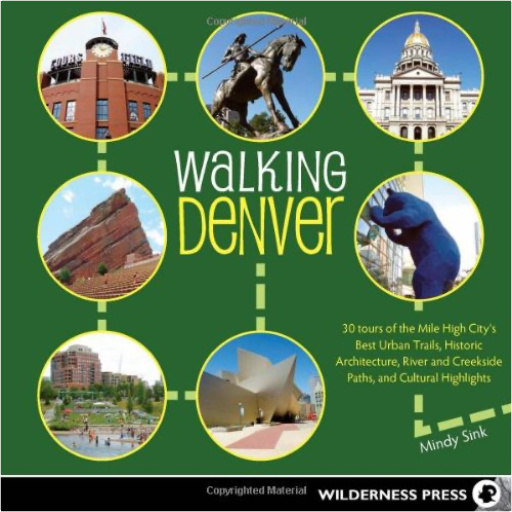 Its mild climate and abundant sunshine make Denver, one of America's fittest cities, a welcoming place for a walk any time of year. Colorado's capital is the country's fifth most walkable city. There is so much to see when out for a stroll through downtown or a hike in the nearby foothills. This exceptional guide explores the best of the city from Dinosaur Ridge and Red Rocks Park and Amphitheatre to the Mile High Loop in City Park and public art scattered throughout downtown.  As urban planning moves from a centralized, top-down approach to a decentralized, bottom-up perspective, our conception of urban systems is changing. In Cities and Complexity, Michael Batty offers a comprehensive view of urban dynamics in the context of complexity theory, presenting models that demonstrate how complexity theory can embrace a myriad of processes and elements that combine into organic wholes. He argues that bottom-up processes — in which the outcomes are always uncertain — can combine with new forms of geometry associated with fractal patterns and chaotic dynamics to provide theories that are applicable to highly complex systems such as cities.  Our cities are "smart" and getting smarter as information processing capability is embedded throughout more and more of our urban infrastructure. Few of us object to traffic light control systems that respond to the ebbs and flows of city traffic; but we might be taken aback when discount coupons for our favorite espresso drink are beamed to our mobile phones as we walk past a Starbucks. Sentient City explores the experience of living in a city that can remember, correlate, and anticipate. Five teams of architects, artists, and technologists imagine a variety of future interactions that take place as computing leaves the desktop and spills out onto the sidewalks, streets, and public spaces of the city. "Too Smart City" employs city furniture as enforcers: a bench ejects a sitter who sits too long, a sign displays the latest legal codes and warns passersby against transgression, and a trashcan throws back the wrong kind of trash. "Amphibious Architecture" uses underwater sensors and lights to create a human-fish-environment feedback loop; "Natural Fuse" uses a network of "electronically assisted" plants to encourage energy conservation; "Trash Track" follows smart-tagged garbage on its journey through the city's waste-management system; and "Breakout" uses wireless technology and portable infrastructure to make the entire city a collaborative workplace. These projects are described, documented, and illustrated by 100 images, most in color. Essays by prominent thinkers put the idea of the sentient city in theoretical context. 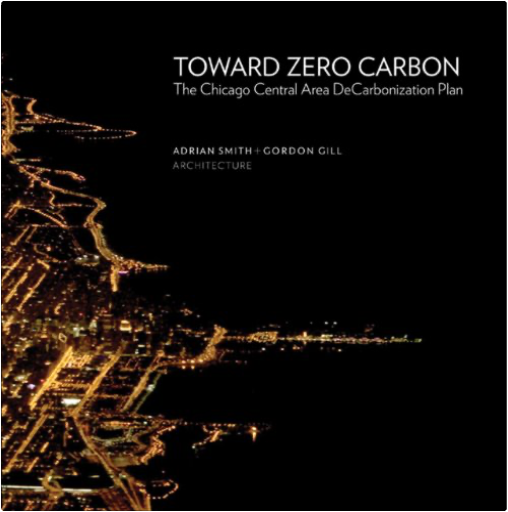 Chicago has long been a world leader in innovations of all kinds, and its response to the need for drastic environmental action to combat climate change is no exception. In 2008, Chicago developed the Chicago Climate Action Plan (CCAP) to begin to address these issues. This book is an examination and exploration of the issues that the CCAP deals with and how they may be implemented, focusing on the Chicago Loop area. It also examines the 2030 Challenge, which has an aggressive goal of 80 percent reduction in carbon emissions by 2030 for new and renovated buildings. The book is divided into eight key areas: Buildings, the Urban Matrix, Smart Infrastructure, Mobility, Water, Waste, Community Engagement and Energy. Illustrated with full colour photographs, diagrams and models throughout, this wonderful book takes a clear and easy-to-understand approach to this complex topic, providing innovative and insightful strategies for efficient and effective carbon reduction.  Kevin Lynch's books are the classic underpinnings of modern urban planning and design, yet they are only a part of his rich legacy of ideas about human purposes and values in built form. City Sense and City Design brings together Lynch's remaining work, including professional design and planning projects that show how he translated many of his ideas and theories into practice. An invaluable sourcebook of design knowledge, City Sense and City Design completes the record of one of the foremost environmental design theorists of our time and leads to a deeper understanding of his distinctively humanistic philosophy.The editors, both former students of Lynch, provide a cogent summary of his career and of the role he played in shaping and transforming the American urban design profession during the 1950s, the 1960s, and the 1970s. Each of the seven thematic groupings of writings and projects that follow begins with a short introduction explaining their content and their background.The essays in part I focus on the premises of Lynch's work: his novel reading of large-scale built environments and the notion that the design of an urban landscape should be as meaningful and intimate as the natural landscape. In part II, excerpts from Lynch's travel journals reveal his early ideas on how people perceive and interpret their surroundings—ideas that culminated in his seminal work, The Image of the City. This part of the book also presents Lynch's experiments with children and his assessment of environmental-perception research. The examples of both small-scale and large-scale analysis of visual form in part III are followed by three parts on city design. These include Lynch's more theoretical works on complex planning decisions involving both functional (spatial and structural organization) and normative (how the city works in human terms) approaches, articles discussing the principles that guided Lynch's teaching and practice of city design, and descriptions of Lynch's own projects in the Boston area and elsewhere.The book concludes with essays written late in Lynch's career, fantasy pieces describing utopias and offering new design freedoms and scenarios warning of horrifying "cacotopias."  Architects are now taking advantage of the computer in new ways through experimentation with algorithmic and simulation-driven design. Computation Works: The Building of Algorithmic Thought focuses on this emerging theme in design practice, showcasing built and soon-to-be-built projects and providing a state of the art in computational design. Computational design is considered to be first a design tool, and second a series of instruments that can be applied in the creation of architecture. It allows architects to incorporate performance analysis and knowledge about material, tectonics and the parameters of production machinery. Moving towards a new role as hybrid practitioners, architects are taking concepts from other disciplines and customising architectural and other CAD software. In addition to the discussion of built projects, a further series of texts examines new custom software instruments. New digital tools provide new modes of representation, new methods of evaluation, and new techniques for design exploration. The development of new computational tools can create more responsive designs, allowing architects to explore new design options and to analyse architectural decisions during the design process. This issue raises important questions such as: How is computation changing the way architects design? Are the design tools and methods related to the result? What is computational design in the context of architectural practice? and How is computation changing the processes of design and construction? 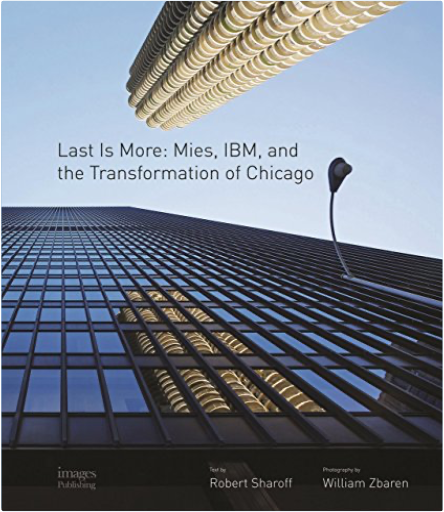 Architectural photojournalists Robert Sharoff and William Zbaren, creators of the popular "American City" series, use the renovation of the architect Mies van der Rohe’s final commission, Chicago’s IBM Building, into a five-star Langham hotel as the jumping off point for a wide-ranging coffee table book that examines the noted Modernist’s life and work in his adopted city. Eventually, Mr. Sharoff concludes, Mies’s vision "came to define Chicago in much the same way that Bernini’s does Rome and Haussmann’s permeates Paris." The book also looks at Mies’s career as an educator at the Illinois Institute of Technology where he was head of the architecture school for two decades beginning in the late 1930s. The book is illustrated with three stunning new photo portfolios by the award-winning Mr. Zbaren that capture key works by Mies as well as by his students and acolytes at firms such as Skidmore, Owings & Merrill, C. F. Murphy & Associates and Schipporeit-Heinrich Associates. In addition to the IBM Building, the structures include the Farnsworth House, 860-880 Lake Shore Drive, Crown Hall, the John Hancock Center, the Willis Tower, the Richard J. Daley Center and Lake Point Tower. |  The classic, bestselling reference on architecture now revised and expanded! 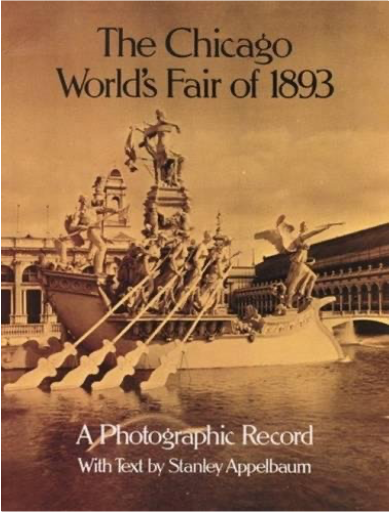 Originally conceived to commemorate the 400th anniversary of Columbus's discovery of America, the World's Columbian Exposition of 1893 was one of the largest (633 acres) and most influential aggregations of human talent, energy, and industry ever assembled. More than 27 million visitors entered the grounds (now Jackson Park) to marvel at the exhibits and displays housed in some 200 buildings, including those of 79 foreign governments and 38 states. Although the Fair had its share of "firsts" (original Ferris wheel, first midway, Edison's kinetoscope, etc.), its chief marvel was its architecture. It is that aspect which is emphasized in this striking photographic record. 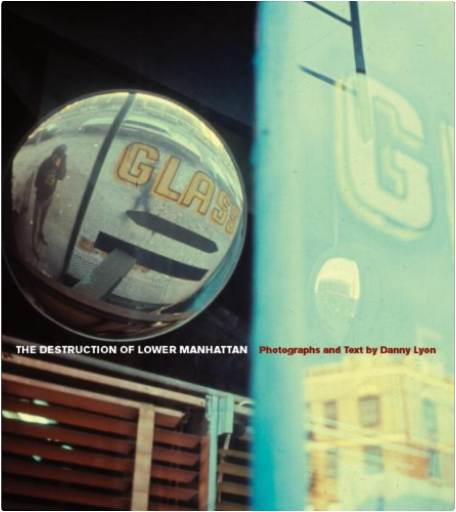 “I came to see the buildings as fossils of a time past. These buildings were used during the Civil War. The men were all dead, but the buildings were still here, left behind as the city grew around them....The passing of buildings was for me a great event. It didn’t matter so much whether they were of architectural importance. What mattered to me was that they were about to be destroyed. Whole blocks would disappear. An entire neighborhood. Its few last loft occupying tenants were being evicted, and no place like it would ever be built again. The streets involved were among the oldest in New York and when sections of some were closed by the barriers of the demolition men, it meant they would never be opened again.”  The most fascinating aspects of coral reefs relate to how corals and reef residents meet the challenges of survival and live together. 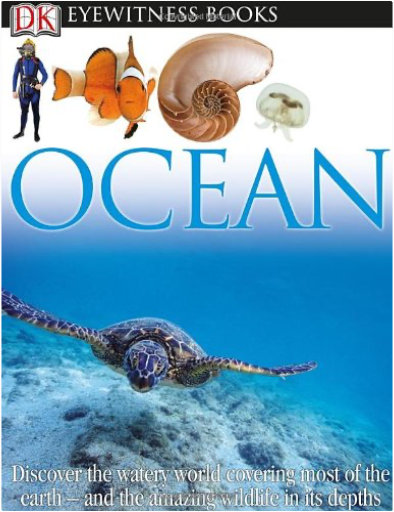 Now in Paperback!  The creation and maintenance of a thriving, well-balanced aquarium can be challenging, but the rewards of keeping fish are enormous. Practical Fishkeeping will tell you all you need to know to set up a tank: from beginner's basics like light, temperature and water control, to the selection and care of the fish themselves, and even the creation of an exotic coral reef at home. 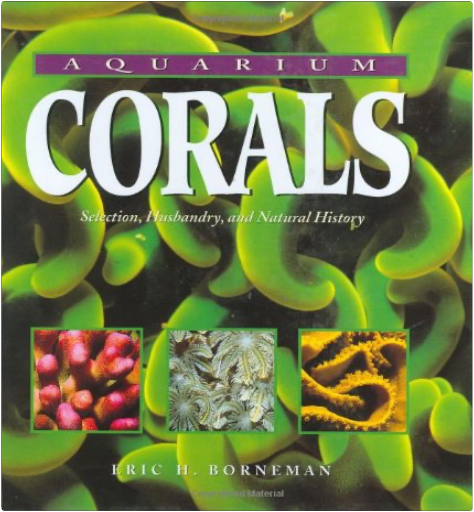 Keeping live corals has been likened to "Bonsai for the Cousteau generation" and "the ultimate underwater gardening experience." Beautiful, bizarre, and among nature's most colorful creations, living corals are now being successfully kept and grown in tens of thousands of home saltwater aquariums. |
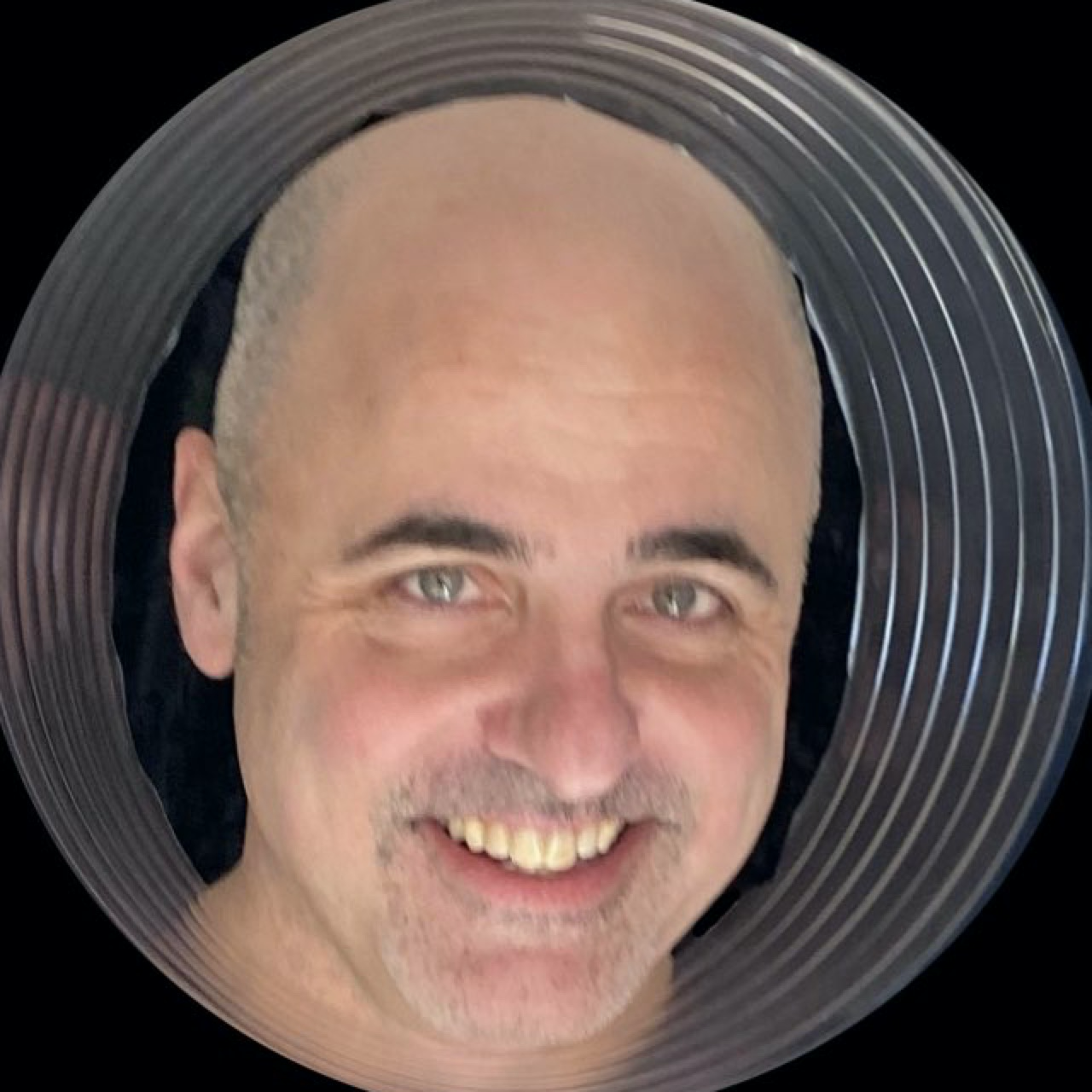
library 101720
Collection Total:
1,127 Items
1,127 Items
Last Updated:
Oct 17, 2020
Oct 17, 2020

 Made with Delicious Library
Made with Delicious Library